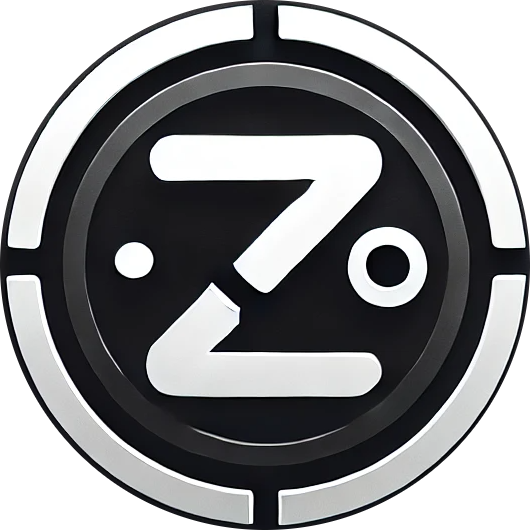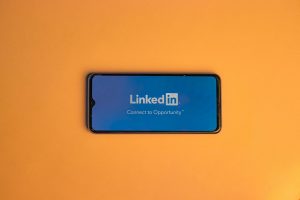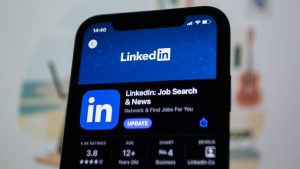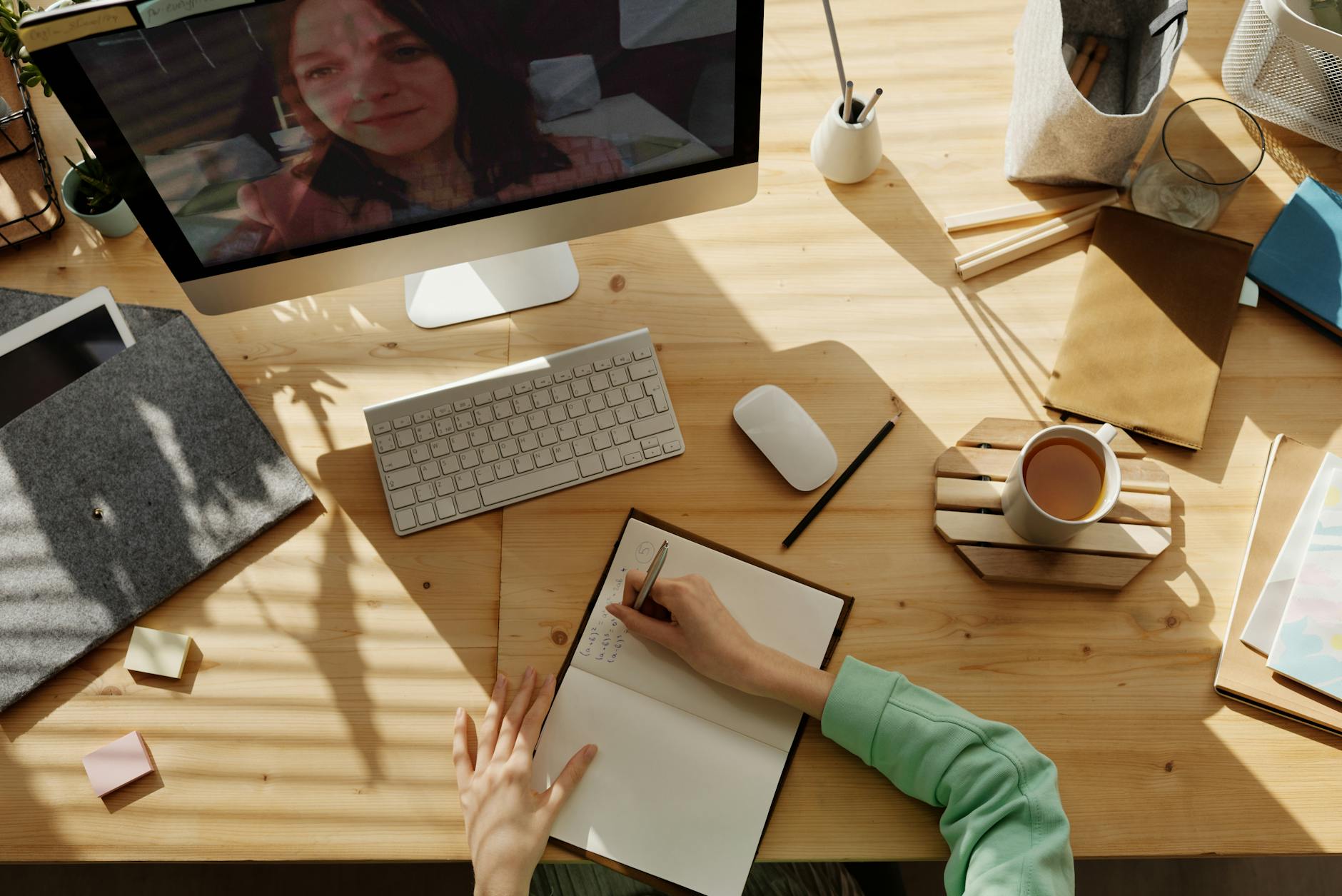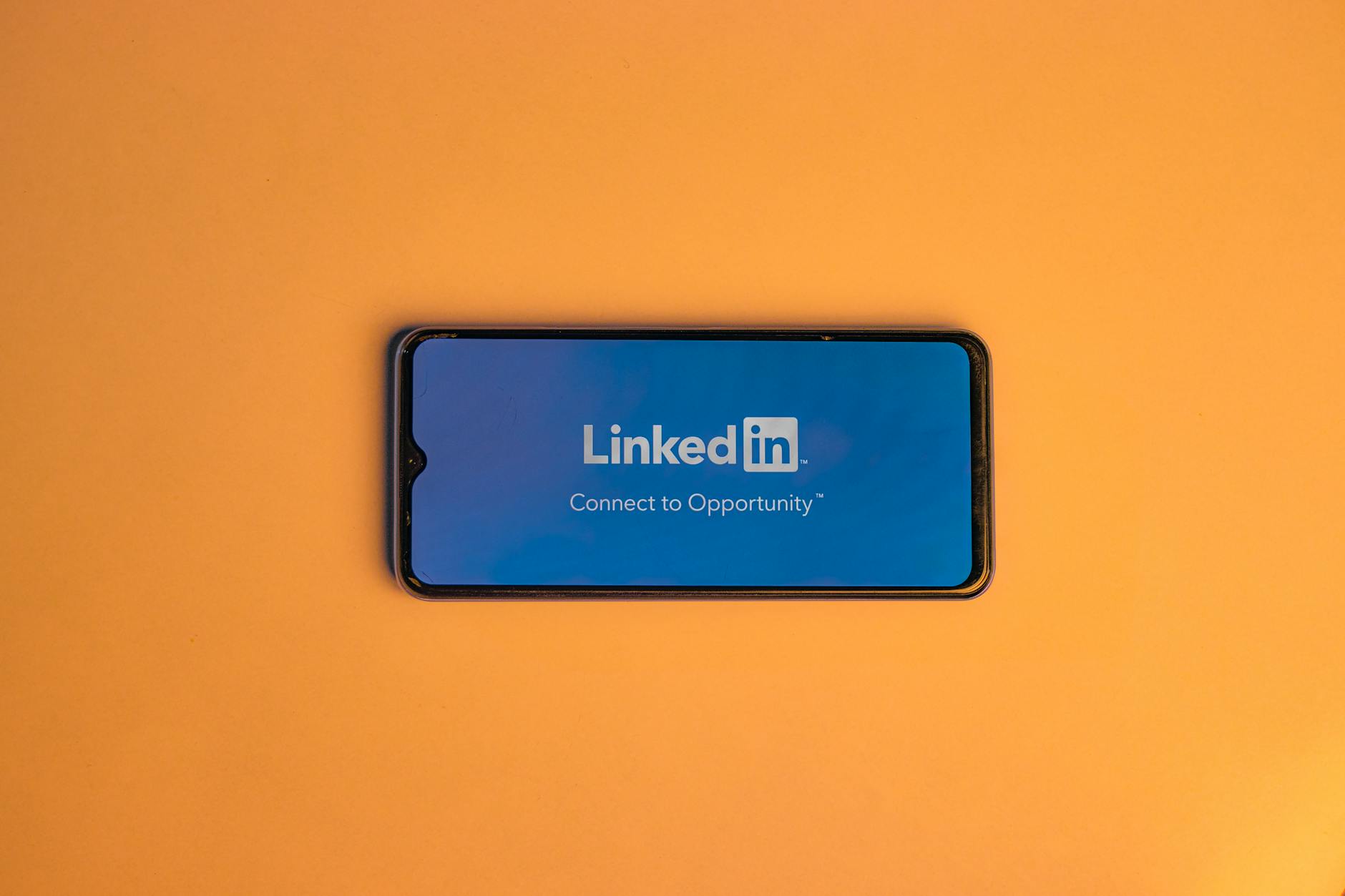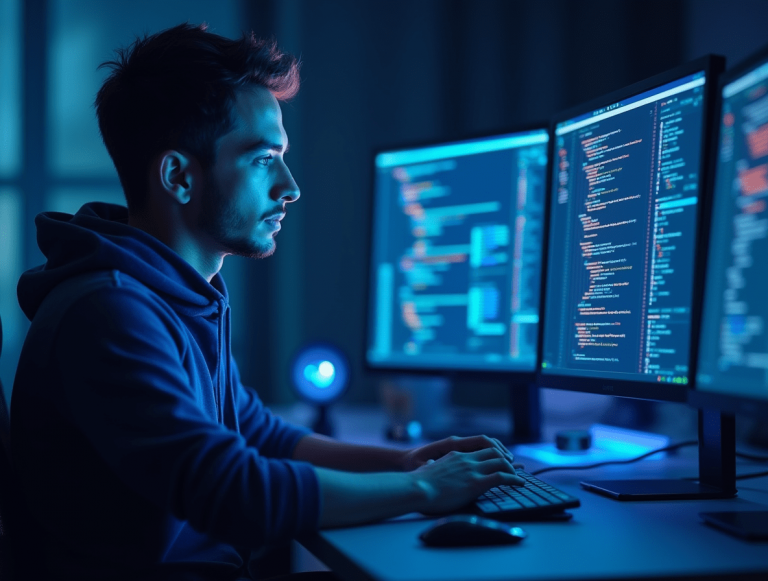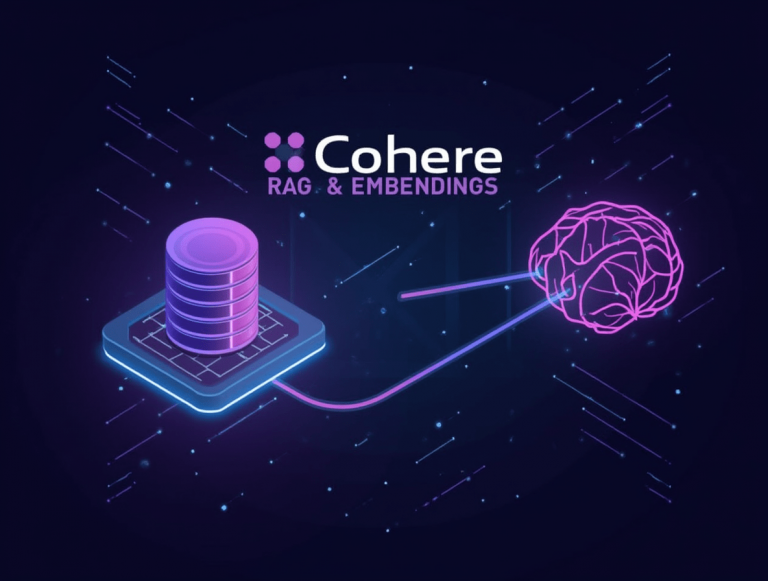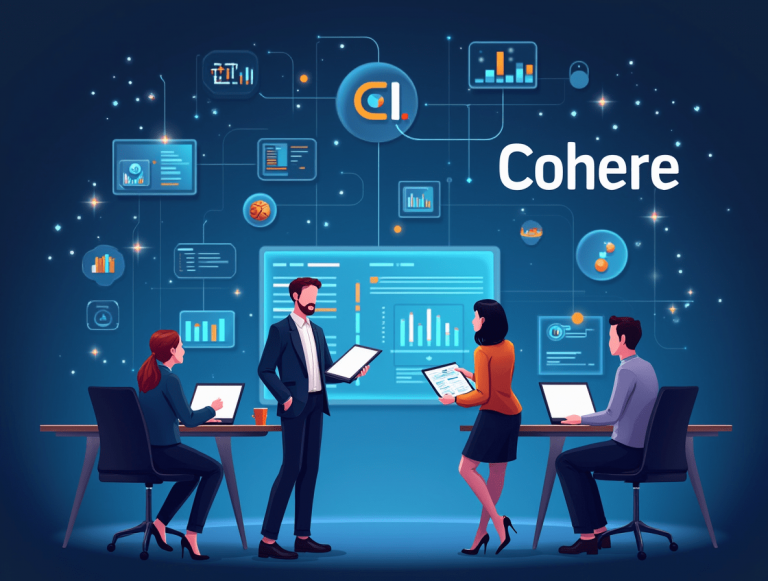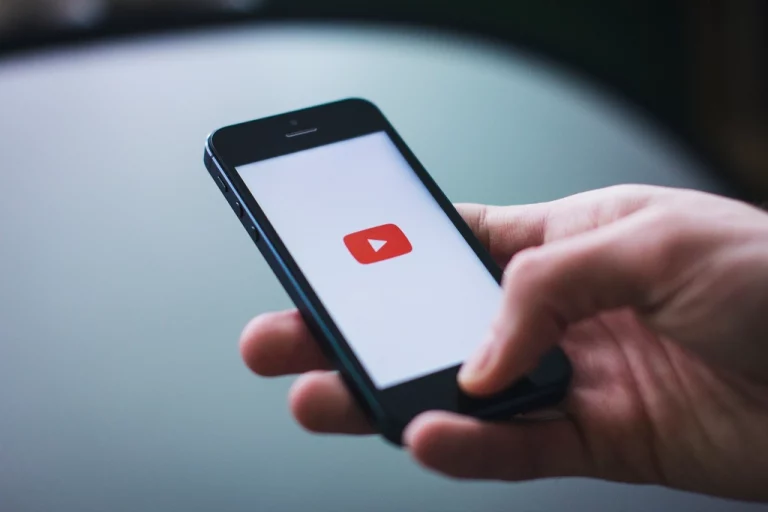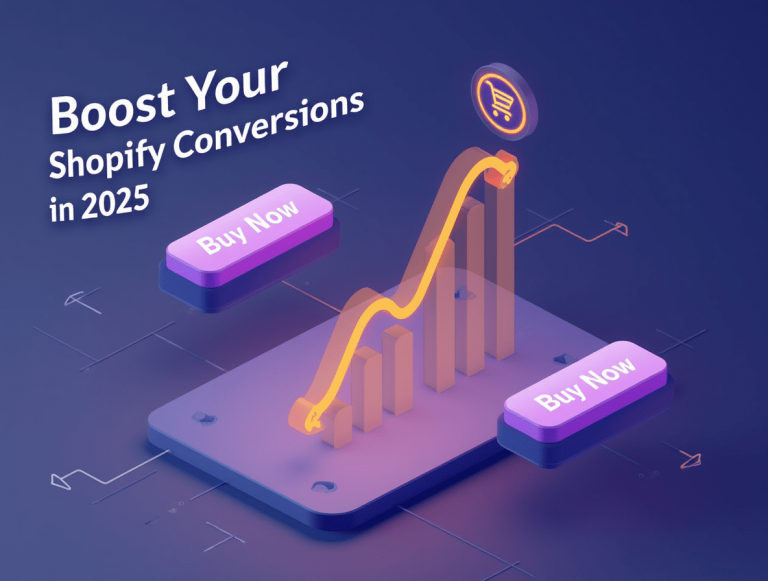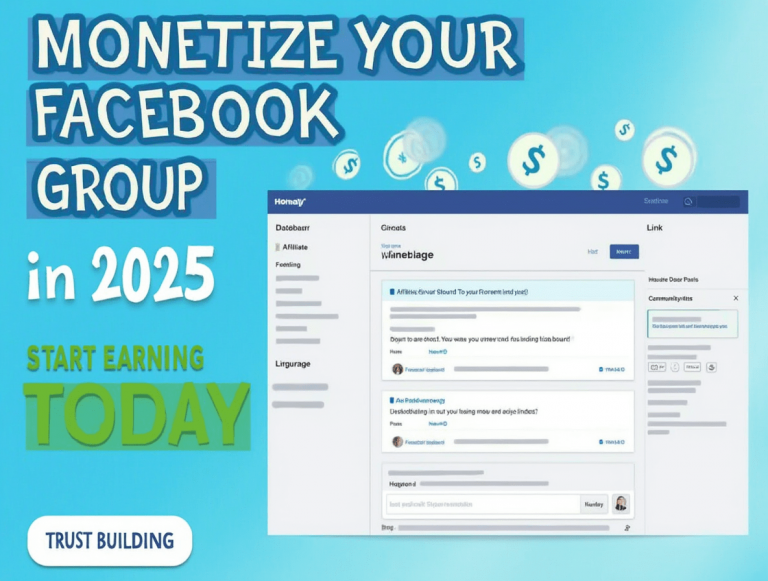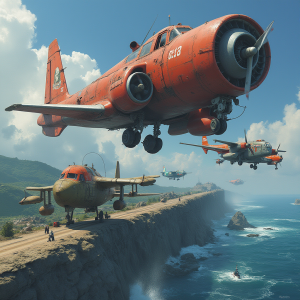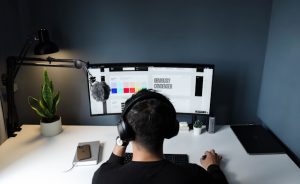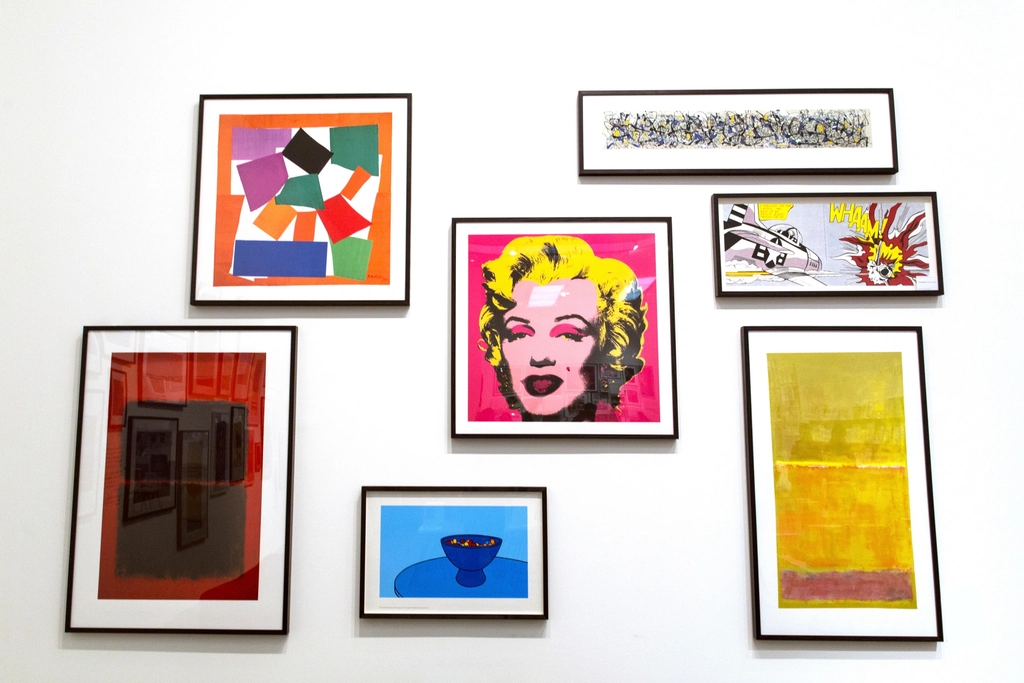
Artificial intelligence is revolutionizing the creative industry, with DALL·E leading the charge in AI-generated art. Developed by OpenAI, DALL·E has opened new possibilities for artists, designers, and digital content creators. But is DALL·E truly the future of digital art, or is it just a tool that complements traditional creativity? This article explores the impact of AI art, its challenges, and what the future holds for DALL·E in the world of digital art.
1. How DALL·E is Transforming Digital Art
DALL·E’s ability to generate high-quality, detailed images from text prompts has revolutionized digital art by:
- Expanding creative possibilities – Artists can create complex visuals with minimal effort.
- Automating repetitive design tasks – Reduces manual labor for illustrators and designers.
- Enabling non-artists to create visuals – Democratizes access to professional-quality imagery.
Key Features That Make DALL·E a Game-Changer
- Realistic & Stylized Image Generation – Creates both photorealistic and artistic visuals.
- Inpainting & Outpainting – Enhances or modifies existing artwork.
- Seamless Integration with ChatGPT – AI-powered ideation for artists.
2. The Role of AI in Art & Creativity
Does AI Replace Human Creativity?
While AI can generate art, it lacks true human emotion, intuition, and personal experience—key elements that define traditional art. Instead of replacing artists, DALL·E serves as a creative assistant by:
- Speeding up the brainstorming process.
- Helping artists explore new styles and concepts.
- Automating repetitive design work to free up time for innovation.
Artists Using AI as a Collaborative Tool
Many artists are embracing AI as a co-creator, combining handcrafted elements with AI-generated visuals. Platforms like AIArtists.org showcase how professionals use AI tools like DALL·E to push creative boundaries.
3. Challenges & Ethical Concerns of AI Art
Despite its potential, AI-generated art raises critical questions about originality, ethics, and ownership:
- Who owns AI-generated art? Current copyright laws struggle to define AI-generated works.
- Is AI art truly original? AI models are trained on existing artwork, raising concerns about inspiration vs. plagiarism.
- Impact on human artists – Will AI replace or empower traditional artists?
Industry Responses to AI Art Concerns
Organizations like Creative Commons and OpenAI are exploring ways to ethically integrate AI into the creative space, ensuring that artists remain central to the conversation.
4. The Future of DALL·E in Digital Art
DALL·E is just the beginning of AI-driven artistic innovation. As technology advances, we can expect:
- More advanced AI models capable of interactive co-creation.
- Improved AI-human collaboration in industries like gaming, animation, and design.
- Better ethical frameworks to protect artists and intellectual property.
Will AI Dominate or Complement Digital Art?
Rather than replacing traditional artistry, AI will likely become an integrated tool—much like Photoshop, tablets, and 3D modeling software. Artists who adapt and experiment with AI tools like DALL·E will stay ahead in the evolving digital landscape.
Conclusion
DALL·E is undeniably shaping the future of digital art, but AI cannot replace human creativity. Instead, it serves as a powerful tool that expands artistic possibilities. Whether AI art becomes a dominant force or remains a creative assistant will depend on how artists, industries, and society choose to embrace it.
